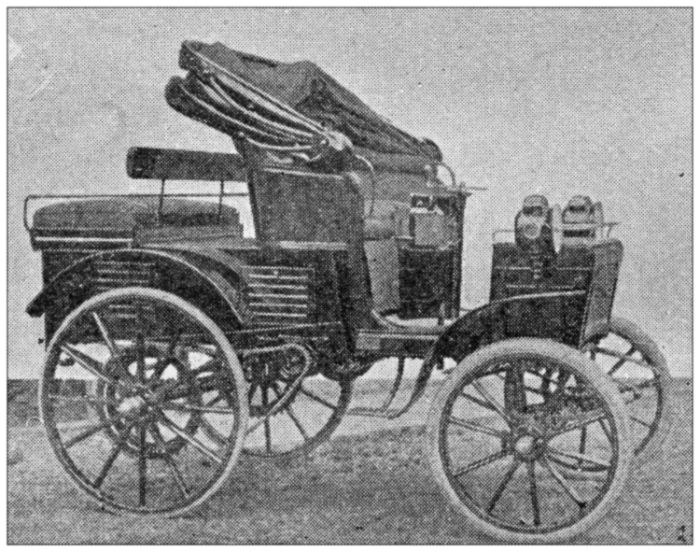
From the early part of the 19th century with battery powered horseless carriages to the electric dune buggies we sent to the moon, electric vehicles have been around for a long time. Some of us just didn’t know it. Electric cars appeared long before the internal combustion sort, and inventors have been trying to make them work ever since.
The first electric cars were more a novelty than anything else. Some of these creations could go as fast as 5 or 6 miles per hour but needed new batteries after traveling less than 2 miles. Rechargeable batteries were first invented in 1859, making the electric car idea more viable.
In the years following, electric vehicles produced by a number of different manufacturers started to catch on. In 1900, New York City had 60 electric taxis in service. In the first years of the 20th century, electric cars accounted for nearly a third of all cars produced in the US.
During this time, gas powered cars had been developed, but they had problems. They were noisy, their exhaust fumes were unpleasant, they had to be started with a hand crank, and changing gears was difficult. Electric cars were quiet, easy to drive, and had no emissions. They became very popular, especially for short trips around town.
When Henry Ford introduced the Model Ts, they became a huge hit. They were much less expensive than the electric cars and the innovation of the electric starter made them easier to operate. At the same time, the system of roads in the country had improved and Americans wanted to get out and travel. Gas was cheap, gas stations were popping up all over the country, and most rural areas had no electricity. All these circumstances worked to lessen the demand for electric cars, and by the mid 30’s, they were virtually non-existent.
Forty years later, rising gas prices and dependence on foreign oil made the government take another look at electric cars, and in 1976 congress authorized expenditures to support research and development of electric vehicles. The electric vehicles produced over the next few years had limited performance and they couldn’t go far without being recharged.
There were two events that seemed to have sparked today’s interest in electric cars. The first was the hybrid technology developed by Toyota when they introduced the Prius. The other event was the development of the Tesla. In 2006, Tesla had announced that they would produce a luxury electric vehicle with a range of 200 miles or more, and they’ve done that.
Soon after, most of the major automakers began to develop their own versions of electric cars, but consumers were faced with the problem of where to charge their cars. Congress stepped in again and authorized $115 million to build a network of charging stations across the country.
During this time, battery technology took a leap with the development of lithium ion batteries, and continued research has reduced the cost of batteries by 50%.
The popularity of electric vehicles has grown greatly. In the third quarter of 2022, sales of electric vehicles reached 6% of all vehicles sold in the US.
With today’s emphasis on green technology, the future of electric vehicles is very bright. As the world’s supply of oil is depleted, there will be more and more dependence on the electric vehicle industry, and it would seem that the industry will rise to the challenge.
Located in Westborough, Route 9 Nissan proudly serves Nissan car shoppers and owners throughout the Northborough and North Grafton areas with a diverse inventory of new and used vehicles. Whether you need a spacious, family-friendly SUV, an adaptable pickup truck, or a sleek sedan, we have a new Nissan model ready to suit your needs. Our highly trained sales team is here to help you select your next vehicle, and our factory trained certified service technicians are equipped to handle any of your service needs.